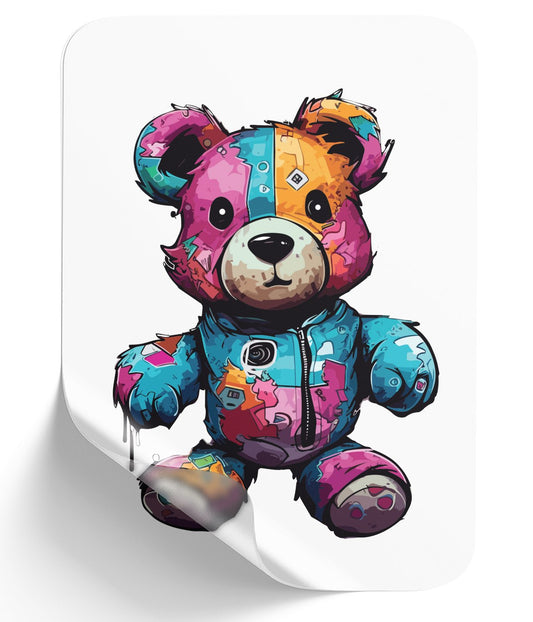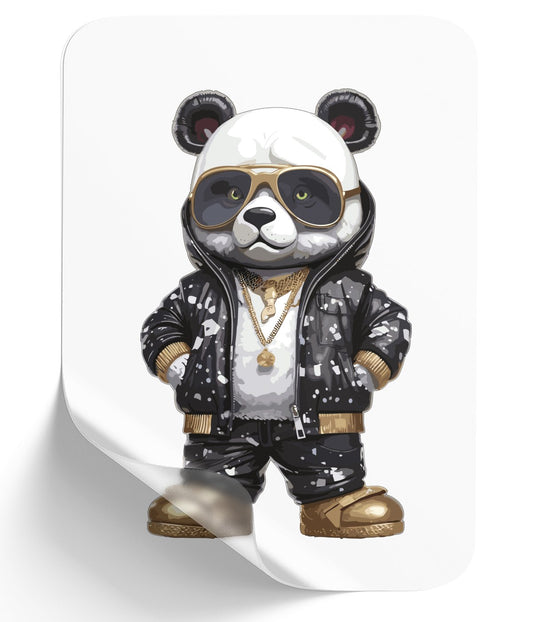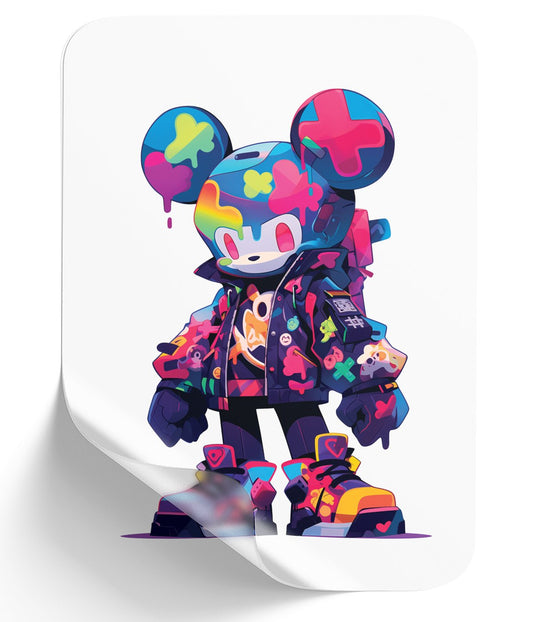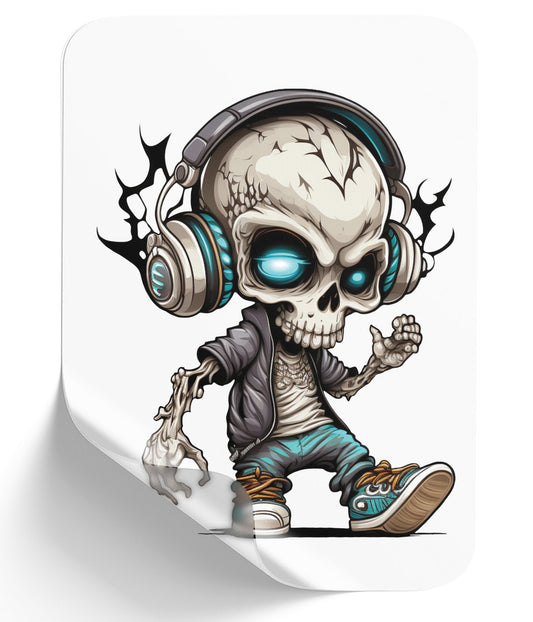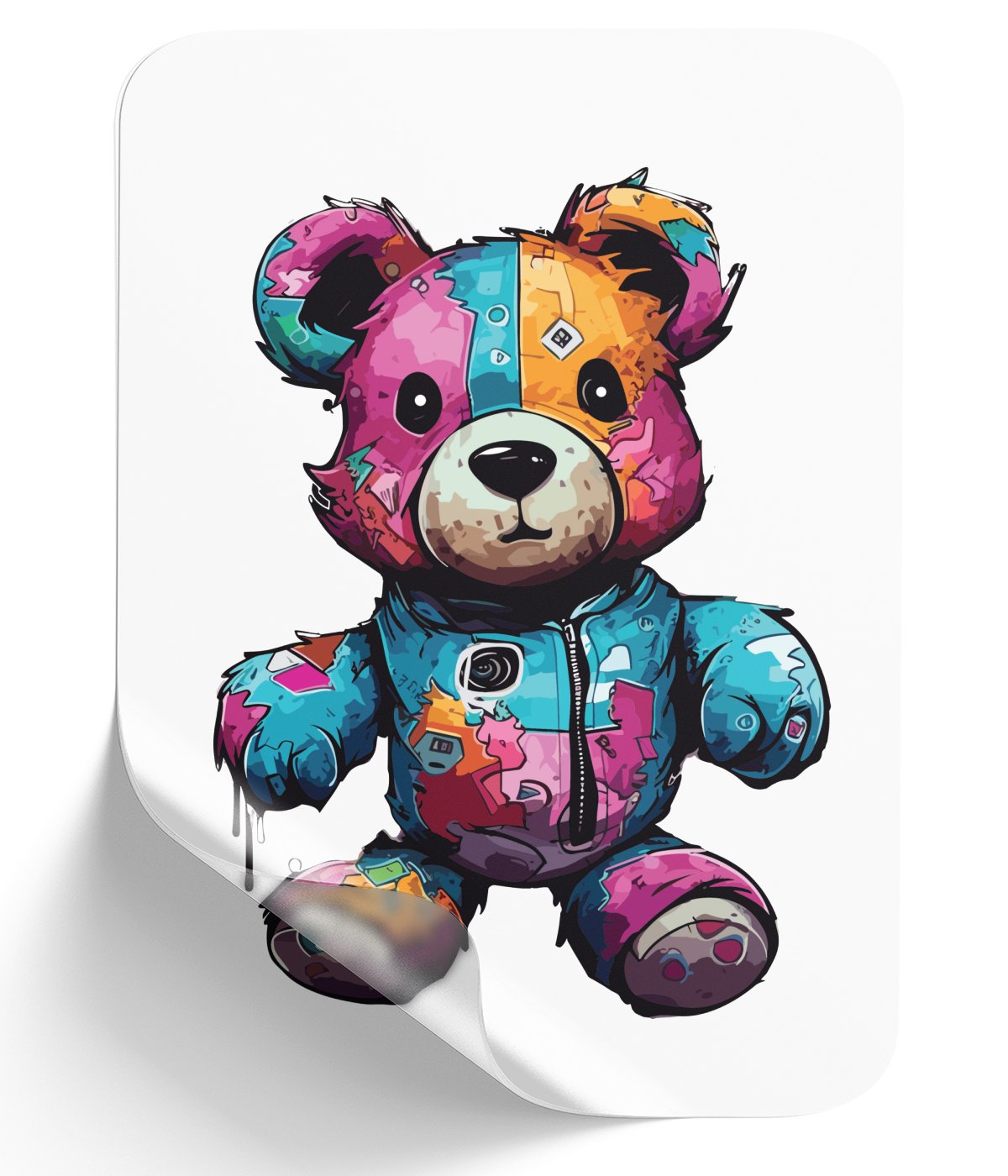Unveiling the Power of DTF Transfers with the Cricut EasyPress
In the world of custom apparel, the demand for efficient and reliable heat transfer methods is ever-growing. Among the various options available, Direct to Film (DTF) transfers stand out for their vibrant results and ease of use. Today, we dive into an in-depth review of the Cricut EasyPress 2, a tool that promises the speed of a traditional heat press with the convenience of an iron. Let's explore whether this device holds up to its claims and how it fares with DTF transfers.

The Cricut EasyPress 2: A Compact Powerhouse
The Cricut EasyPress 2 is not just another heat press. Marketed for its compact size and ease of use, it offers a unique blend of functionality and convenience. Priced at an affordable $169, this device has garnered impressive ratings, boasting a 4.8 out of 5 stars from over 22,000 reviews on Amazon. What makes it so appealing is its promise to deliver the performance of a heat press combined with the simplicity of using an iron.
Key Features and First Impressions
Upon unboxing, the Cricut EasyPress 2 presents a sleek design accompanied by a user-friendly interface. It can heat up to 400 degrees, although for DTF transfers, you typically need only around 300 degrees. The unit heats up remarkably fast, reaching 300 degrees in just over three minutes, which is quite efficient for quick projects or last-minute orders.
The press is lightweight and comes with a convenient storage base, making it an excellent option for small spaces or mobile setups. Imagine being able to press shirts in your car with an external battery — the EasyPress 2 makes this possible.
Testing the Device with DTF Transfers
The real test of any heat press is its performance with actual transfers. For this review, a vibrant 9x9 inch DTF transfer was used on a Bella Canvas 3001 t-shirt. The process was straightforward. The heat press pillow under the shirt ensured an even surface, and the transfer was aligned using a simple finger trick for perfect placement.
The pressing process was smooth, and the initial results were promising. The heat distribution across the plate was fairly even, although there were slight variations, which is expected given the smaller size of the device. After pressing, the transfer adhered well to the fabric, showing no signs of peeling or lifting at the edges.
Durability and Longevity
While the initial adherence was successful, the true test of DTF transfers is their durability through washes. The Cricut EasyPress 2’s performance in this area will be covered in a follow-up review, focusing on the longevity of the transfers after multiple wash cycles. This will be crucial for anyone considering this press for commercial purposes, where product durability is key.
FAQs: Questions You'll Need to Step-up Your Game
What is a DTF Heat Press
A DTF (Direct-to-Film) Heat Press is a specialized machine designed to transfer printed designs from a DTF transfer film onto various fabrics. It operates by applying controlled heat and pressure to the film and fabric, ensuring that the printed design adheres securely and accurately. This type of heat press is essential in the DTF transfer process, which involves printing a design onto a special film, applying a hot melt adhesive powder, curing the powder, and then pressing the film onto the fabric. The DTF heat press ensures the design is transferred evenly, with vibrant colors and strong durability. It typically features adjustable temperature, pressure, and timing settings to accommodate different fabric types and ensure optimal transfer quality. This makes it a versatile and indispensable tool in custom garment printing, allowing for detailed and high-quality prints on a wide range of materials.
What is the best DPI for my DTF Printer
The best DPI (dots per inch) for your DTF printer typically ranges between 300 to 600 DPI, striking a balance between print quality and efficiency. A DPI of 300 is often sufficient for most garment printing needs, providing detailed and clear images without overloading the printer with excessive data. However, for designs requiring finer details and higher resolution, a DPI of 600 may be preferable, ensuring crisp and vibrant prints. It's essential to consider the capabilities of your specific DTF printer model, as well as the type of fabric and the complexity of the design. Higher DPI settings can produce more detailed and vibrant prints but may also increase ink usage and printing time. Therefore, adjusting the DPI based on the design's requirements and the printer's performance is key to achieving optimal results in your DTF printing projects.
What is DTF Halftone and Gradient Effect
DTF Halftone and Gradient Effects are techniques used to enhance the visual appeal of printed designs by creating depth, shading, and a range of tones. Halftone involves breaking down an image into a series of dots varying in size or spacing to simulate gradients and shades, commonly used for printing complex images with limited color palettes. In DTF printing, halftone effects enable detailed and intricate designs, maintaining high quality while using less ink. Gradient Effect refers to the smooth transition between colors or shades in a design. In DTF printing, gradients are crucial for achieving realistic and dynamic images, allowing for subtle shifts in color that add dimension and visual interest. Both effects are crucial for producing high-quality, visually appealing prints on various fabrics, enhancing the versatility and creative potential of DTF printing technology.
Conclusion: Is the Cricut EasyPress 2 Worth It?
The Cricut EasyPress 2 stands out for its affordability, ease of use, and efficient heating capabilities. It is an excellent choice for hobbyists or small businesses starting with DTF printing. However, for those requiring high-volume production with precise pressure control, a traditional heat press might still be the better option.
For anyone looking to explore the world of DTF transfers without a significant initial investment, the Cricut EasyPress 2 offers a compelling balance of performance and price. Keep an eye out for further testing on durability to make a fully informed decision.
Stay tuned for more updates and ensure you don’t miss out on comprehensive comparisons and wash test results that will help gauge the real value of DTF transfers with the Cricut EasyPress 2. Happy pressing!

